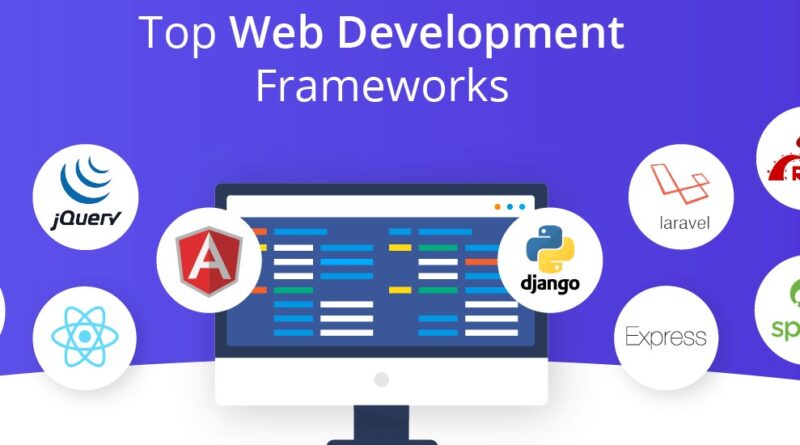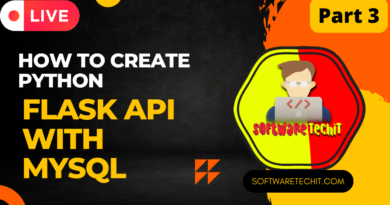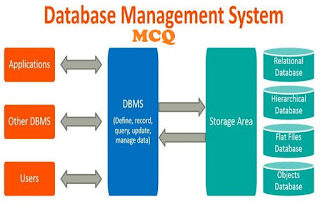Web Development Frameworks Frontend & Backend| Website Development SoftwareTechIT
Table of Contents
Having a website for your business in this digital age has become a must. It opens up the possibility for your enterprise to reach a wider audience base and attract business leads more effectively. Unlike a few years ago, the extensive demand for web application development has led to the inception of several functional frameworks. These frameworks are purposely designed considering the modern business challenges and offer a simple yet effective way to design your web apps.
This blog is dedicated to ten such productive frameworks for frontend and backend that are highly prevalent and are known to deliver the best results. In addition, we will provide you with a reliable source to hire front end developers and backend developers for your project. So, let us begin!
How have Web Development Frameworks Eased the App Development Process?
With the development of numerous frameworks based on different programming languages, developing web applications has become significantly easier. That is one of the reasons for the high demand to hire backend developers and front-end developers.
Let us glance at some reasons how web frameworks have eased the way to create new web apps down below:
Higher Performance
Web frameworks are specifically designed with pre-built features and functionalities to deliver extremely high efficiency and performance while building apps. The loading capacity of the websites designed with appropriate framework enhances significantly.
Reduction in Errors
Most of the framework methodologies incorporate the finest software engineering practices. Numerous web frameworks have a pre-built or externally integrated testing mechanism that tests the code there and then, reducing the number of errors in the final code.
Faster Development
Most web frameworks come with pre-written templates and objects that could be leveraged to complete redundant programming tasks. These tools save the time of developers and let them focus on the core programming part producing swift and more productive outcomes.
Better Reliability and Security
Frameworks include hundreds of ready-made components created and regularly updated by a community of developers. This enormous backing by the programming community ensures your project won’t get stuck in between, and the best possible solution for the business challenges can be developed.
What are the Types of Web Development Frameworks?
In general, every web application includes a front end or a client-side part and a backend or a server-side part. Therefore, there are two kinds of web frameworks available for both frontend and backend.
1. Front End Web Development Framework
These frameworks are used to design the front end or the user interface of a web application. The front-end frameworks are mostly based on programming languages such as JavaScript, HTML, and CSS.
The responsibility of the front end framework is to develop the UX/UI design and deal with other crucial aspects of the application such as SEO optimization, code snippets, templates, user interaction management, and more.
2. Backend Web Development Framework
These frameworks are used to design the backend or the hidden part of the app that is responsible for the functioning of the web application. Backend frameworks are based on the programming languages such as Python, .NET, Ruby, Java, and PHP.
They work by dealing with the server and database functioning, routing protocols, solution logic and architecture, authorization options, data security, and more.
Here is a difference table for Front end Vs. Backend Web Development Frameworks:
| Front End Frameworks | Backend Frameworks |
| The front end is the part of the web app that interacts with the end-user. | The backend of an app refers to the background functioning of the web application. |
| It offers pre-written code snippets, integrable elements, reusable templates, and manage user interactions. | It offers features such as user authorization, privacy encryptions, database manipulation, reusable components for connecting the front end to the backend. |
| The key features include reusable templates, UI/UX designing, SEO optimization, and enhancing the performance and scalability of the app. | The key features include server handling, designing site architecture, database management, security, and URL routing. |
| HTML, CSS, JavaScript, JQuery, etc., are a few prevalent front-end languages. | Python, JavaScript, PHP, Ruby, .NET, etc., are a few prominent backend languages. |
| React, Vue, Ember, Bootstrap, and Angular are the most famous front-end frameworks. | Django, Ruby On Rails, Spring, Express, ASP.NET Core are the most famous backend frameworks. |






Pingback: 10 Best Web Development Frameworks in 2022 (Frontend & Backend) - SoftwareTechIT
ELM EA (elm-ea.com), what is your feedback?
I be undergoing been working with the ELM EA on about 2 months. I am remarkably euphoric with the results of the mt5 version. The developer’s websit
https://www.reddit.com/r/forextradingea/comments/yw68un/elm_ea_elmeacom_what_is_your_feedback/
ELM EA, what is your feedback?
I would rather been working with the ELM EA as a replacement for there 2 months. I am profoundly blithe with the results of the mt5 version.
https://www.answeree.com/74126/any-review-elm-ea-elm-ea-com-it-s-scam-or-legit
The trading strategies tolerant of in the mechanical man are based on aggregate analysis. Valuation by 16 indicators of the Форекс store is used.
https://forex-trading-strategies.org/listing/elm-ea-elm-ea-com-review/
The trading strategies occupied in the automaton are based on supply analysis. Calculation by 16 indicators of the Форекс market is used.
https://fxbotreview.com/item/elm-ea-best-scalping-ea-2022/
ELM EA (elm-ea.com), what is your feedback?
I keep been working with the ELM EA for the sake of nigh 2 months. I am selfsame blithesome with the results of the mt5 version.
https://www.reddit.com/user/elm-ea_review/comments/yw6pal/review_elm_ea_elmeacom/
The trading strategies acclimatized in the mechanical man are based on book analysis. Evaluation not later than 16 indicators of the Forex store is used.
https://uk.trustpilot.com/review/elm-ea-review.com
As I website possessor I believe the content matter here is rattling magnificent , appreciate it for your efforts. You should keep it up forever! Best of luck.
ELM EA, what is your feedback?
I secure been working with the ELM EA pro anent 2 months. I am entirely blithe with the results of the mt5 version.
https://www.quora.com/profile/Dustin-Langevin-3/Review-ELM-EA-elm-ea-com
They hate us because they briansclub in’t us.